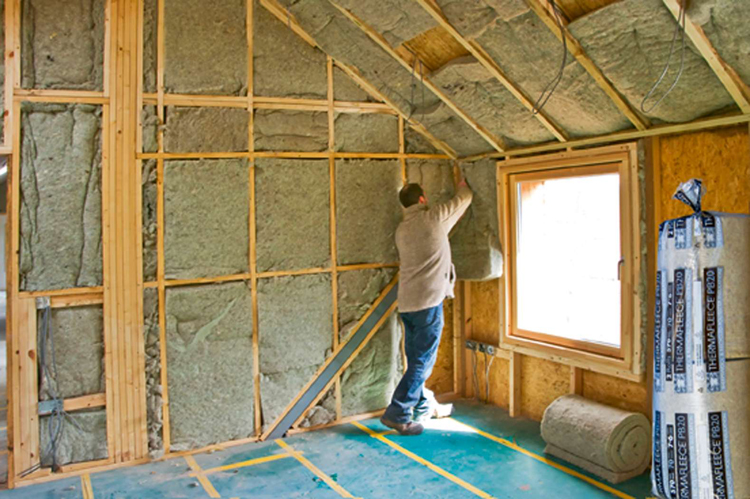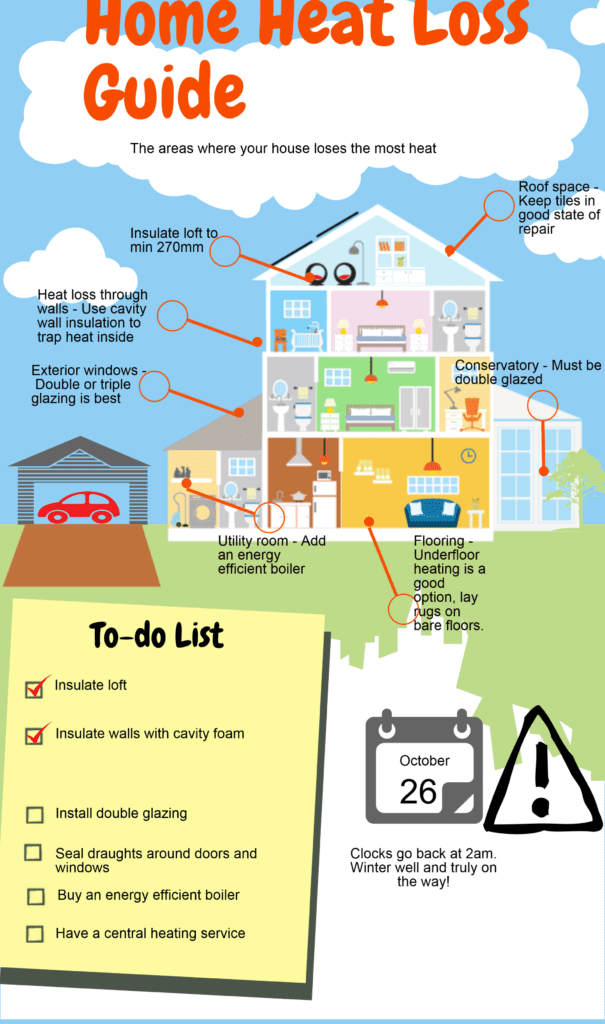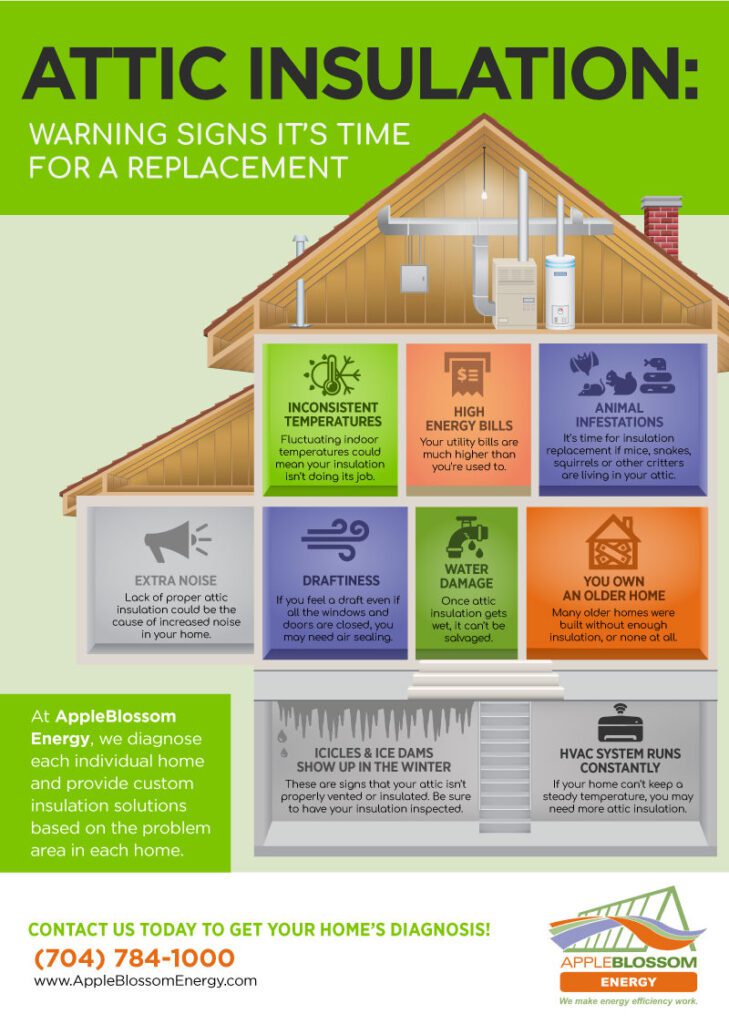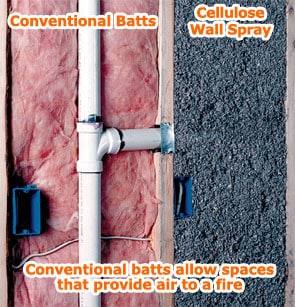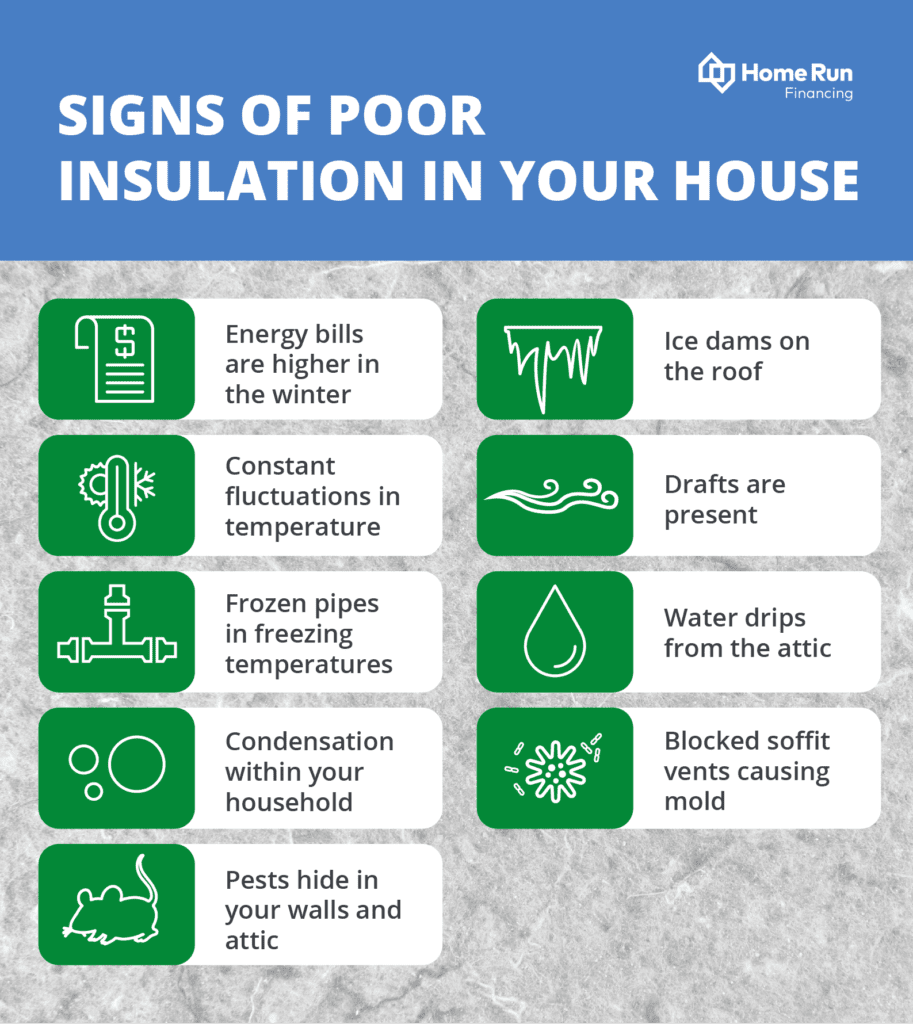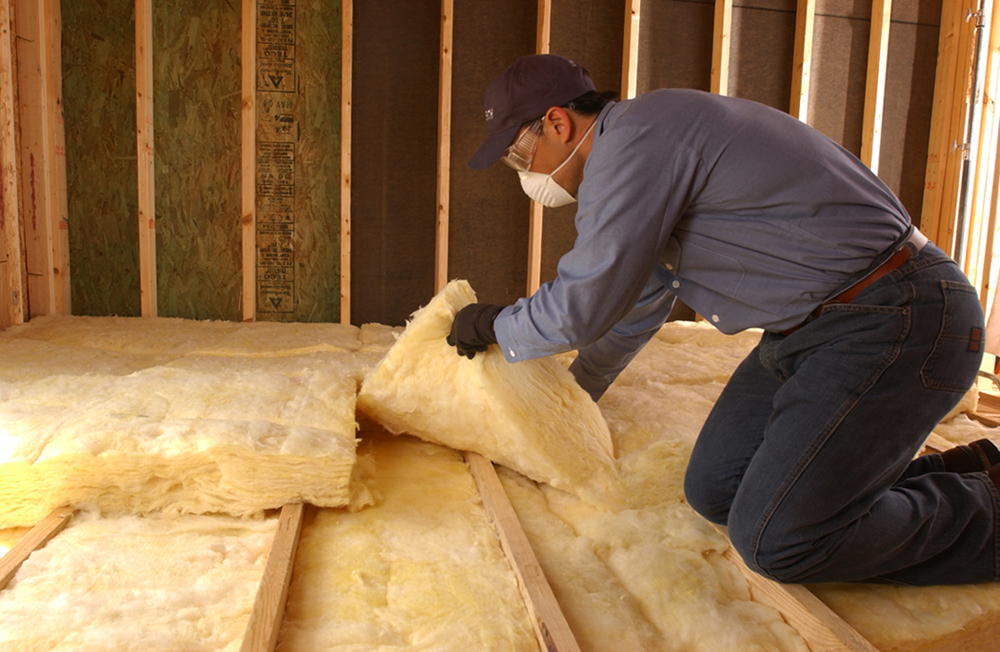Are you fed up with chilly drafts and sky-high energy bills? Poor insulation might be to blame. But fear not, because there are effective ways to tackle this issue. In this article, we will explore practical tips and strategies to help you deal with poor insulation in your home. From identifying problem areas to implementing efficient insulation solutions, we’ve got you covered. Say goodbye to shivering in your own space and hello to a cozy and energy-efficient home.
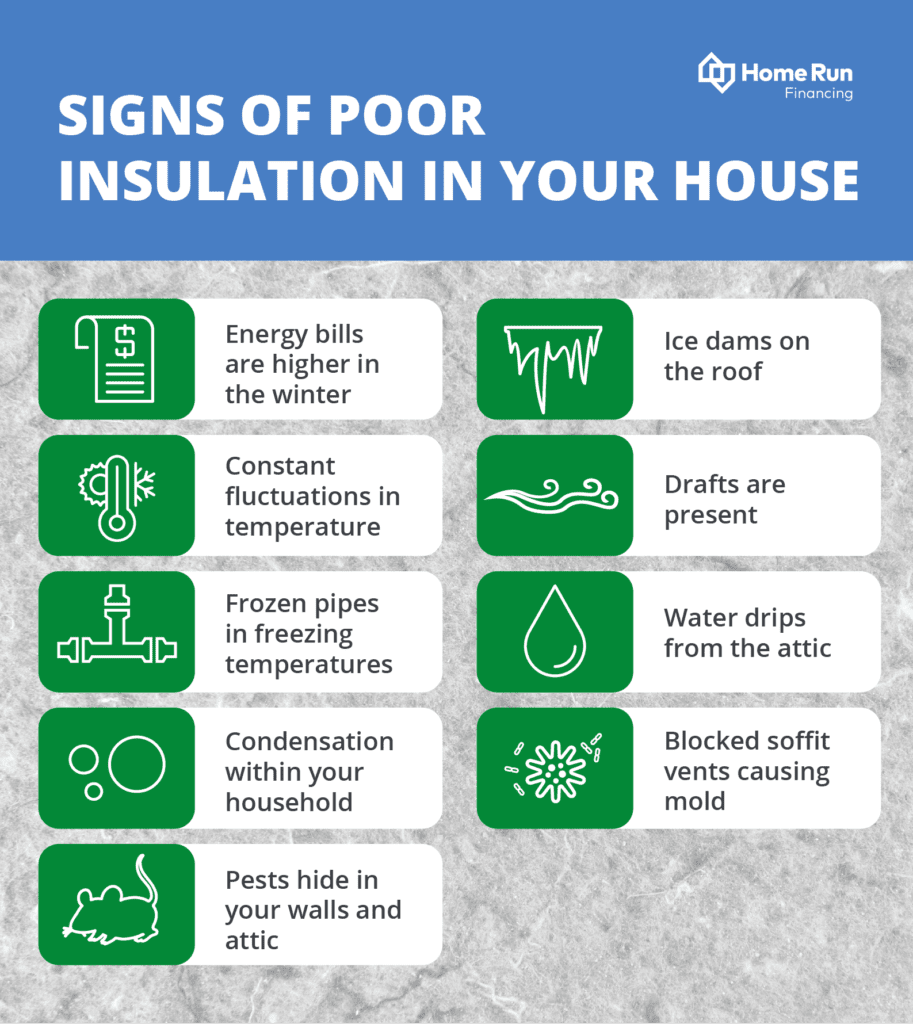

Understanding the Impact of Poor Insulation
Poor insulation is a common issue that many homeowners face. It can have a significant impact on both energy efficiency and overall comfort in your home. Understanding the causes and effects of poor insulation is crucial in order to address the issue effectively.
What Causes Poor Insulation?
There are several factors that can contribute to poor insulation in a home. One of the key causes is inadequate or outdated insulation materials. Over time, insulation materials can deteriorate, become compressed, or settle, reducing their effectiveness in preventing heat transfer. Another cause is improper installation, which can lead to gaps or voids in the insulation layer.
Additionally, air leaks around windows, doors, and other openings in your home’s envelope can significantly impact insulation. These leaks allow cold air to seep in during the winter and hot air to enter during the summer, making it harder to maintain a comfortable indoor temperature.
The Effects of Poor Insulation on Energy Efficiency
Poor insulation can have a detrimental effect on your home’s energy efficiency. When there are gaps or voids in the insulation layer, the heat from inside your home can escape during the winter, forcing your heating system to work harder and consume more energy. Similarly, in the summer, cool air can escape, causing your air conditioning system to work overtime. This increased energy demand leads to higher utility bills.
Health and Comfort Issues Related to Poor Insulation
In addition to the impact on energy efficiency, poor insulation can also result in health and comfort issues. Insufficient insulation allows for temperature fluctuations and drafts, making your home uncomfortable. Cold drafts in the winter and hot spots in the summer can make it difficult to maintain a consistent and comfortable indoor temperature.
Moreover, poor insulation can lead to condensation and mold growth. When warm, moist air comes into contact with cold surfaces, condensation forms. Without proper insulation, these condensation issues can occur on windows, walls, and ceilings, leading to mold growth. Mold can trigger allergies, respiratory problems, and other health issues.
Identifying Signs of Poor Insulation
To address poor insulation, it is essential to identify the signs that indicate insulation problems. By recognizing these signs early on, you can take the necessary steps to improve your home’s insulation and prevent further energy loss.
Unusually High Energy Bills
A sudden increase in your energy bills without any significant changes in your household’s energy consumption can be a clear sign of poor insulation. When your heating and cooling systems have to work harder to compensate for the loss of conditioned air due to inadequate insulation, your energy bills are likely to rise.
Temperature Fluctuations and Drafts
If you notice significant temperature fluctuations throughout your home or experience cold drafts on particularly windy days, it could indicate insulation issues. Inadequate insulation allows outdoor air to infiltrate your home, making it harder to maintain a consistent indoor temperature.
Condensation and Mold Growth
Excess condensation or visible mold growth on windows, walls, or ceilings are signs of poor insulation. These issues occur when warm, moist air comes into contact with colder surfaces due to insufficient insulation, leading to condensation and subsequent mold growth.
Uncomfortable Indoor Temperatures
If certain areas of your home consistently feel colder or warmer than others, it may be a sign of poor insulation. Inefficient insulation often results in uneven heating or cooling, making it difficult to maintain a comfortable environment throughout your home.


Assessing the Insulation Needs
Once you’ve identified signs of poor insulation, it’s crucial to assess your home’s insulation needs accurately. This evaluation process will help you determine the extent of the problem and take appropriate measures to improve insulation.
Conducting an Energy Audit
When assessing your insulation needs, consider conducting an energy audit. This professional assessment evaluates your home’s energy efficiency and identifies areas of concern. Energy auditors use various diagnostic tools and techniques, such as thermal imaging, blower door tests, and airflow measurements, to pinpoint areas of heat loss and air leakage.
Insulation Assessment by Professionals
Consulting with insulation professionals can provide you with valuable insights into your home’s insulation needs. These experts can perform a detailed assessment to identify areas of poor insulation, determine the insulation material and thickness required, and recommend appropriate solutions tailored to your home’s unique characteristics.
Determining the R-Values
Understanding the R-value of insulation is crucial when assessing your home’s insulation needs. The R-value measures the insulation material’s resistance to heat flow and indicates the material’s effectiveness in preventing heat transfer. Higher R-values indicate better insulation performance. Consult with professionals to determine the appropriate R-values for different areas of your home based on regional climate conditions and local building codes.
Addressing Poor Insulation in Different Areas
Poor insulation can affect various areas of your home, including the attic, walls, floors, windows, and doors. Understanding the specific solutions for each area will help you effectively address the insulation issues.
Attic Insulation
The attic is a critical area for insulation as it is often the main source of heat gain and loss in a home. Adding or upgrading insulation in the attic can significantly improve energy efficiency. Consider using insulation materials such as fiberglass batts, cellulose, or spray foam insulation. Properly sealing air leaks and ensuring adequate ventilation are essential aspects of attic insulation.
Wall Insulation
Walls can also contribute to energy loss if they are poorly insulated. Options for enhancing wall insulation include injection foam insulation, blown-in or loose-fill insulation, insulated siding, and insulated interior wall panels. Each method offers unique benefits and can be tailored to suit your specific needs and the construction of your home.
Floor Insulation
Insulating floors is crucial, especially if you have a crawl space, basement, or concrete slab foundation. Crawl space insulation typically involves insulating the walls, sealing air leaks, and adding insulation to the floor joists. Basement insulation can include insulation on the walls or insulating the area between the basement ceiling and the first floor. Insulating over a concrete slab can be done using rigid foam insulation or installing insulated flooring materials.
Windows and Doors
Addressing window and door insulation is essential to prevent air leaks and improve energy efficiency. Use weatherstripping to seal any gaps or cracks around windows and doors. Caulking and sealing can also help reduce air infiltration. For additional insulation, consider adding insulated curtains or shades and upgrading to energy-efficient windows and doors.
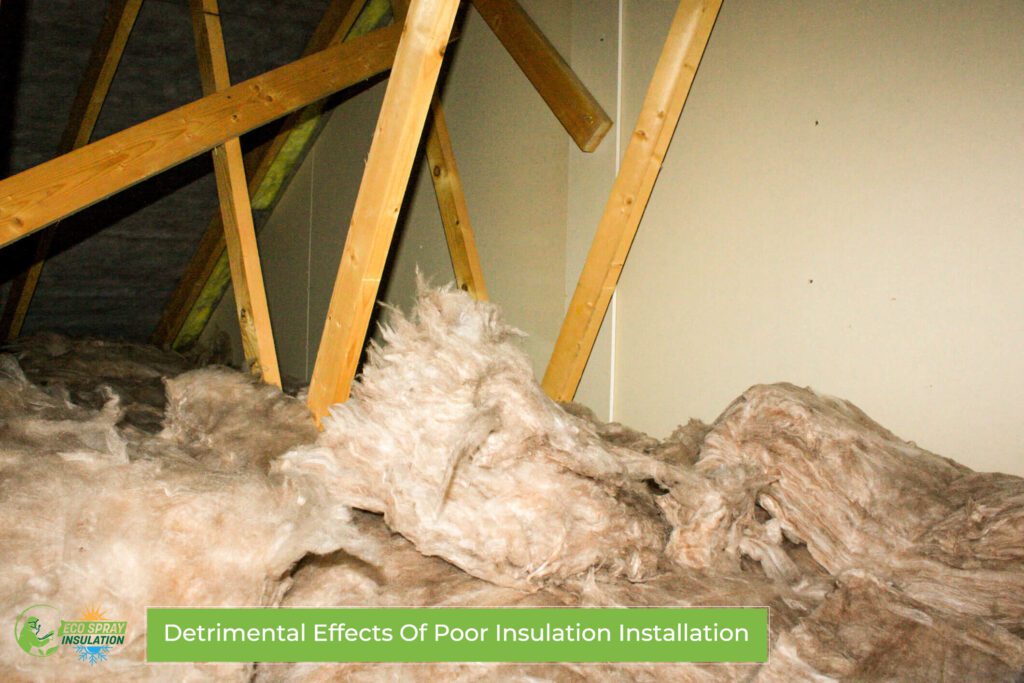

Improving Attic Insulation
The attic is one of the most critical areas to focus on when improving insulation in your home. Enhancing attic insulation can result in significant energy savings and improved comfort. Here are some effective strategies to consider.
Adding or Upgrading Insulation
If your attic has inadequate insulation or outdated materials, adding or upgrading insulation is a good starting point. Fiberglass batts, cellulose, or spray foam insulation are popular options. Ensure that the insulation is installed evenly and reaches the recommended R-value for maximum effectiveness.
Sealing Air Leaks
In addition to insulating the attic, sealing air leaks is crucial for optimal performance. Common areas for air leaks in attics include gaps around pipes, electrical wires, and recessed light fixtures. Use caulk and expandable foam sealant to seal these gaps and prevent air infiltration.
Ensuring Adequate Ventilation
Proper attic ventilation is essential for maintaining a healthy and efficient home. It helps prevent moisture buildup, reduces the risk of mold growth, and prolongs the lifespan of your roof. Ensure that your attic has both intake and exhaust vents to allow for proper airflow. Consider installing ridge vents, soffit vents, or gable vents, depending on your home’s design.
Enhancing Wall Insulation
Improving wall insulation can significantly contribute to energy efficiency and overall comfort. Several effective methods can be employed to enhance wall insulation.
Injection Foam Insulation
Injection foam insulation involves injecting expanding foam into existing walls through small access holes. This method allows for the filling of gaps and cavities within the wall, improving insulation performance without the need for extensive construction.
Blown-in or Loose-fill Insulation
Blown-in or loose-fill insulation is another effective option for enhancing wall insulation. This method involves blowing loose insulation material, such as fiberglass or cellulose, into wall cavities. The loose-fill insulation fills gaps and voids, providing better insulation and energy efficiency.
Insulated Siding
Insulated siding is an ideal solution for homes with inadequate or no wall insulation. Insulated siding materials have built-in foam insulation, providing both insulation and weather protection. This option not only enhances the energy efficiency of your home but also improves its appearance.
Insulated Interior Wall Panels
For homeowners looking to improve the insulation qualities of existing interior walls, insulated interior wall panels can be a valuable solution. These panels come with built-in insulation and can be installed over existing walls, effectively increasing their insulation performance.
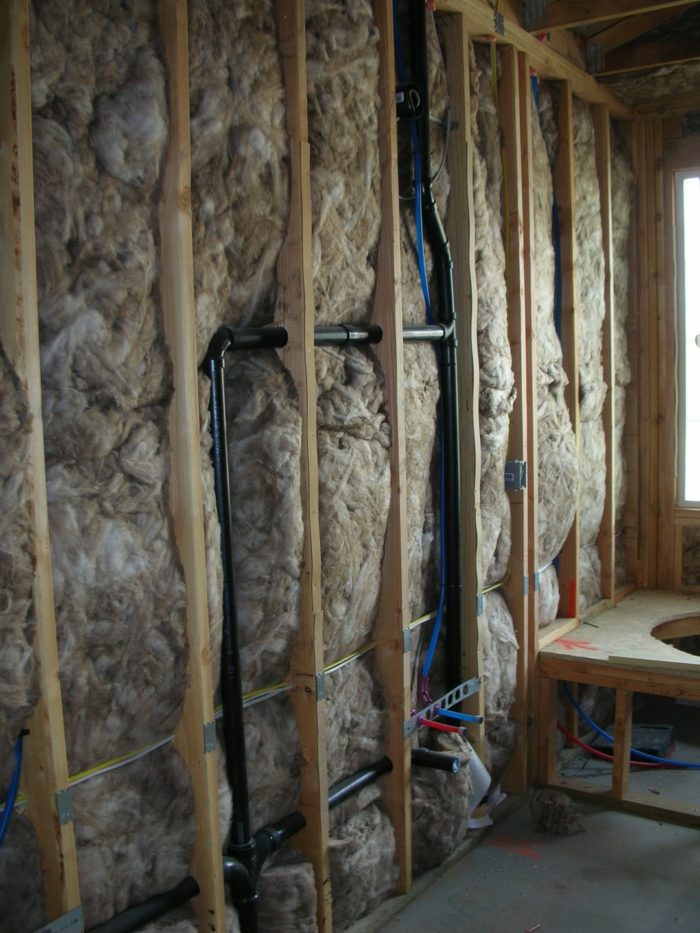

Optimizing Floor Insulation
Insulating the floors is crucial for maintaining a comfortable indoor environment and reducing energy loss. There are several floor insulation strategies to consider depending on the type of foundation or flooring in your home.
Crawl Space Insulation
Crawl spaces are susceptible to moisture and temperature fluctuations. Insulating the walls and adding insulation to the floor joists can help regulate temperature and minimize energy loss. Encapsulating the crawl space and sealing any air leaks will further improve insulation performance.
Basement Insulation
Basements often have different insulation requirements. Insulating the basement walls or insulating the area between the basement ceiling and the first floor can improve energy efficiency. Consider using insulation materials such as rigid foam insulation, spray foam insulation, or fiberglass batts, based on the construction and condition of your basement.
Insulating Over a Concrete Slab
If you have a concrete slab foundation, insulating over the slab can enhance energy efficiency. Options include installing rigid foam insulation under the flooring or using insulated flooring materials, such as insulated carpet padding or interlocking foam panels.
Flooring Options for Enhanced Insulation
Choosing the right flooring materials can also contribute to enhanced insulation. Carpet and carpet padding provide additional insulation and can help keep your floors warmer. Cork flooring and engineered wood flooring with attached underlayment can also provide improved temperature regulation and comfort.
Addressing Window and Door Insulation
Windows and doors are common areas for air leaks, making proper insulation essential. Here are some effective strategies to address window and door insulation.
Weatherstripping
Applying weatherstripping to windows and doors is a simple yet effective way to seal gaps and prevent air infiltration. Weatherstripping materials, such as adhesive-backed foam tape or V-strip, can be easily applied to the edges of windows and doors, helping to reduce drafts and heat loss.
Caulking and Sealing
Caulking and sealing around windows and doors can further enhance insulation. Apply caulking along the window or door frames to seal any gaps or cracks. Use weather-resistant caulk to ensure long-lasting effectiveness.
Adding Insulated Curtains or Shades
Adding insulated curtains or shades can provide an additional layer of insulation for windows. These window coverings have built-in insulating materials that help prevent heat loss during the winter and heat gain during the summer. They also offer privacy and light control.
Upgrading to Energy-efficient Windows and Doors
For a more substantial improvement in window and door insulation, consider upgrading to energy-efficient options. Energy-efficient windows and doors have advanced insulation properties, such as low-emissivity (Low-E) coatings and multiple panes of glass with insulating gas fill. These upgrades can significantly reduce heat transfer and improve energy efficiency in your home.
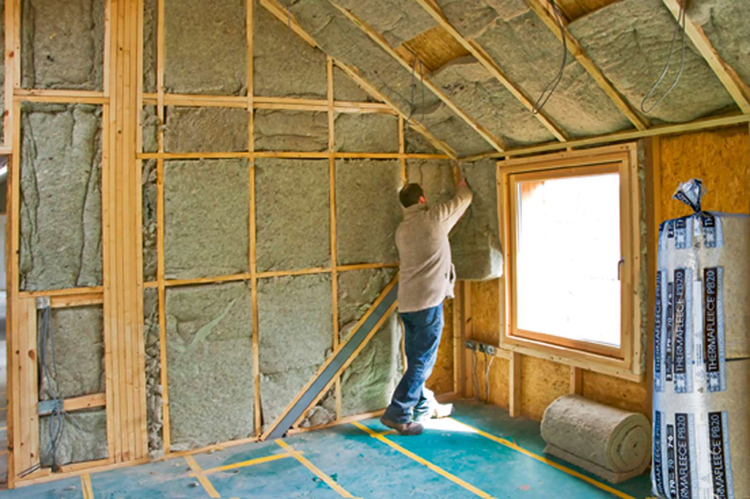

Considering Additional Insulation Solutions
In addition to addressing insulation in specific areas of your home, there are other insulation solutions to consider for optimal energy efficiency and comfort.
Insulated Roofing
Insulated roofing materials, such as reflective roof coatings or insulated roof panels, can help reduce heat gain and loss through the roof. These specialized materials reflect radiant heat, keeping your home cooler in the summer and warmer in the winter.
Insulating Pipes and Ductwork
Insulating pipes and ductwork is crucial for preventing heat loss or gain during the distribution of hot or cold air. Insulating pipes and ducts can help maintain the desired temperature and improve energy efficiency.
Insulating HVAC Systems
Insulating HVAC systems, such as air conditioning ducts or furnace pipes, can further enhance energy efficiency. Insulation materials, such as foam pipe insulation or duct insulation wrap, can reduce heat transfer and minimize energy loss.
Effective Use of Insulation Blankets
Insulation blankets, also known as thermal insulation covers or jackets, can be used to wrap and insulate hot water heaters, boilers, or other appliances. These blankets provide an additional layer of insulation, reducing heat loss and improving energy efficiency.
Seeking Professional Help
While some insulation improvements may be suitable for DIY projects, seeking professional help is often the best approach for tackling poor insulation comprehensively. Here are some tips for finding the right insulation contractor.
Consulting with an Insulation Specialist
Consulting with an insulation specialist is highly recommended to assess your home’s insulation needs accurately. These professionals have the knowledge and expertise to evaluate your insulation requirements, recommend appropriate solutions, and ensure proper installation.
Getting Multiple Quotes and Recommendations
Before hiring an insulation contractor, it’s advisable to obtain multiple quotes and recommendations. Compare the services offered, pricing, and previous customer reviews to make an informed decision. Don’t hesitate to ask for references and examples of completed projects.
Choosing the Right Insulation Contractor
When choosing an insulation contractor, consider their experience, credentials, and reputation in the industry. Look for contractors who are licensed, insured, and specialize in insulation installations. It’s essential to choose a contractor who offers warranties for their workmanship and uses high-quality insulation materials.
By understanding the impact of poor insulation, identifying signs of insulation issues, assessing insulation needs, and employing appropriate solutions, you can significantly improve energy efficiency, comfort, and overall quality of life in your home. With the help of insulation professionals, you can address poor insulation comprehensively and make your home more energy-efficient and comfortable.

